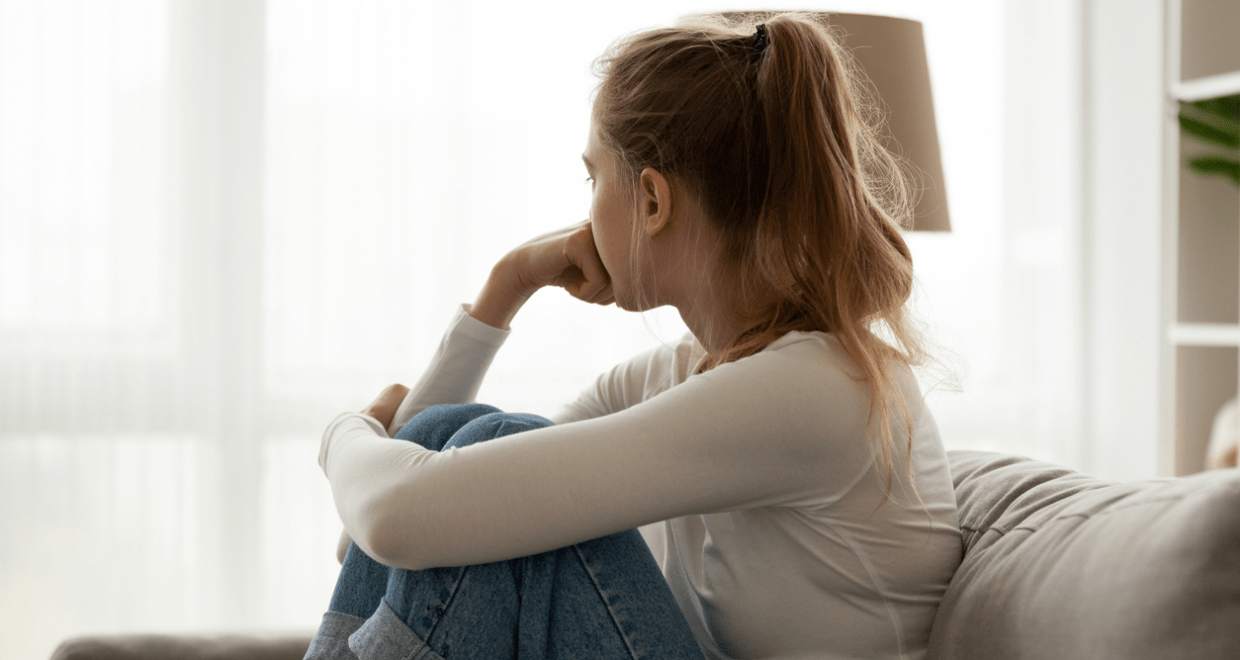Working With Strong Feelings of Guilt After Traumatic Events
The September BABCP Article of the Month is from the Cognitive Behaviour Therapist (tCBT) and is entitled “A Cognitive Behavioural Therapy (CBT) approach for working with strong feelings of guilt after traumatic events” by Kerry Young, Zoe J. Chessell, Amy Chisholm, Francesca Brady, Sameena Akbar, Millay Vann, Khadija Rouf and Lucinda Dixon.
Over the last 18 months, there has been a huge increase in public discussion about the psychological impact of traumatic events. Within this, we have all empathised with NHS workers on Covid-19 wards feeling terrible guilt for decisions they have had to make during the pandemic (e.g., Greenberg et al., 2020). Trauma researchers and clinicians have known for decades that feelings of guilt and responsibility very often contribute to the development and maintenance of Post-traumatic Stress Disorder (PTSD) (Lee, Scragg, and Turner; 2001; Pugh, Taylor, & Berry, 2015). Being able to reduce this guilt is therefore a crucial component in the successful treatment of PTSD.

In our article for tCBT, we set out to give clinicians working with survivors of trauma a practical, ‘how to’ guide for working with guilt and responsibility. As specialist trauma clinicians, we have tried and tested every way of trying to reduce guilt and want to share what we have learned. When we train others, they often ask us to demonstrate the words we would use for each guilt reduction technique. Because of this, the article contains scripts and short, informal films demonstrating all of the ways we can try and relieve feelings of responsibility. Readers will be able to click on film links in the article and see exactly how to do each technique.
Our ideas will be useful for those with or without a diagnosis of PTSD and will be applicable to veterans, emergency service personnel, refugees, survivors of abuse, the bereaved, and healthcare professionals affected by Covid-19, amongst others. We hope that this novel combination of scripts and films will mean that the reader feels confident to try out the strategies by the time they reach the end of the article.
References
Greenberg, N., Docherty, M., Gnanapragasam, S., and Wessely, S. (2020). Managing mental health challenges faced by healthcare workers during covid-19 pandemic. British Medical Journal, 368, 1211.
Lee, D. A., Scragg, P., & Turner, S. (2001). The role of shame and guilt in traumatic events: A clinical model of shame-based and guilt-based PTSD. British journal of medical psychology, 74(4), 451-466.
Pugh, L. R., Taylor, P. J., & Berry, K. (2015). The role of guilt in the development of post-traumatic stress disorder: A systematic review. Journal of Affective Disorders, 182, 138-150.
From Richard Thwaites, the Editor-in-Chief of tCBT: Why I chose this article:
Colleagues and supervisees often report struggling with patients experiencing strong feelings of guilt in PTSD and other disorders. This very readable paper provides an overview around guilt in various disorders and provides lots of explanations and practical tips for how to work therapeutically with guilt. As an added bonus they provide links to video demonstrations of many of the cognitive techniques discussed. I think this is going to be a much shared and read paper in future years.






